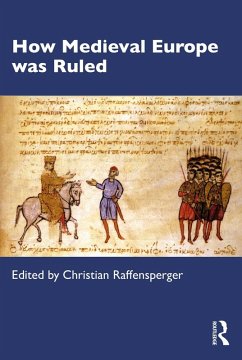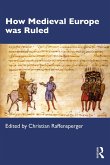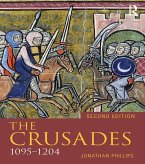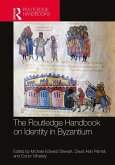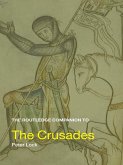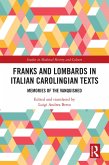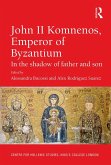How Medieval Europe was Ruled aims to demonstrate the multiplicity of types of rulers and polities that existed in medieval Europe. The contributors discuss not just kings or queens, but countesses, dukes, and town leadership. We see that rulers worked collaboratively with one another both across political boundaries and within their own borders in ways that are not evident in most current studies of kingship, inhibited by too narrow a focus. The volume also covers the breadth of medieval Europe from Scandinavia in the north to the Italian peninsula in the south, Iberia and the Anglo-Normans in the west to Rus, Byzantium and the Khazars in the east.
This book is geared towards a wide audience and thus provides a broad base of understanding via a clear explanation of concepts of rule in each of the areas that is covered. The book can be utilized in the classroom, to enhance the presentation of a medieval Europe survey or to discuss rulership more specifically for a region or all of Europe. Beyond the classroom, the book is accessible to all scholars who are interested in continuing to learn and expand their horizons.
Dieser Download kann aus rechtlichen Gründen nur mit Rechnungsadresse in A, B, BG, CY, CZ, D, DK, EW, E, FIN, F, GR, HR, H, IRL, I, LT, L, LR, M, NL, PL, P, R, S, SLO, SK ausgeliefert werden.
Vlada Stankovic, University of Belgrade
The 15 essays in How Medieval Europe Was Ruled present a geographically expansive view of medieval Europe, ranging from the steppe Khaganate of Khazaria - mentioned in Chinese, Greek, Latin, Arabic, Persian, Slavonic, and Hebrew sources - to a Kingdom of Norway that included Iceland and Greenland to the Outremer Europe of the Kingdom of Jerusalem. This geographical breadth is matched by the intellectual depth of each scholar's close and careful analysis of a wide variety of primary sources. These deep dives into rulership in many different places in medieval Europe are brought into conversation with each other by exploring several interconnected topics, including "negotiated authority" between the rulers and the ruled and "shared authority" between men and women in ruling families. As fascinating as these similarities are, the differences are even more striking, in terms of both regional diversity and change over time within a particular area. How Medieval Europe Was Ruled is an excellent example of why collaborations like this exist, because no one person could have written a book like this, which explores in such detail the rich mosaic of rulership in medieval Europe.
Paul Milliman, University of Arizona
The fifteen contributions in How Medieval Europe Was Ruled provide fascinating overviews on the different, but still interconnected types of governance in certain parts within the whole of medieval Europe,
- from Norway to Spain and from the British Isles to the Kievan Rus' and the Latin East,
- from monarchies to urban communities,
- from the roles of kings and the contribution of elites to the impact of women.
The volume, thus, provides excellent opportunities to establish a better understanding of and basis for discussion connected to the formation and development of today's European cultures as well as the current political situation.
Gerhard Jaritz, Central European University

